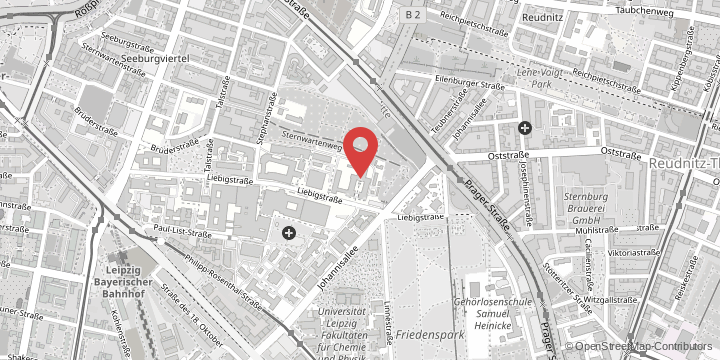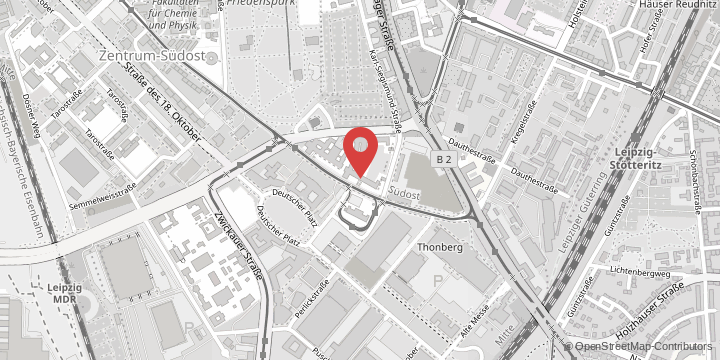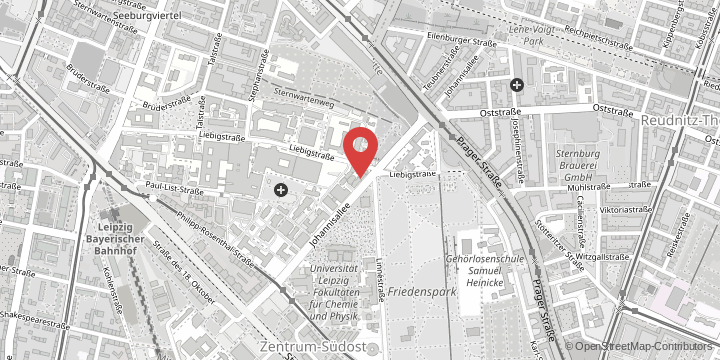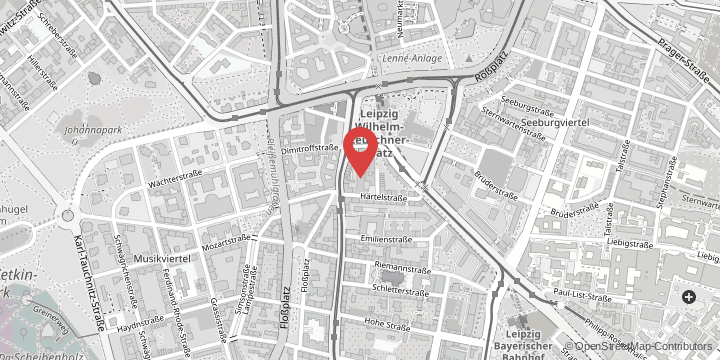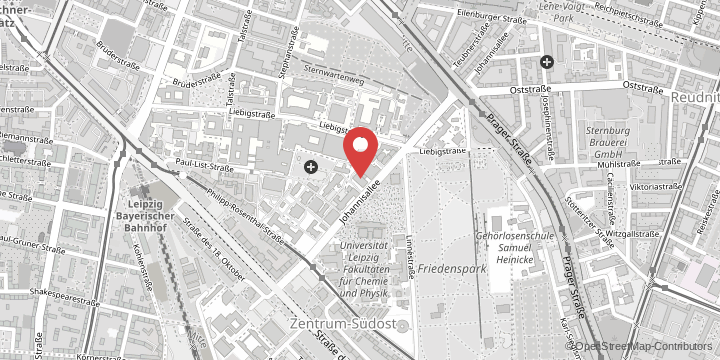How GPCRs work and their use in medicine
GPCRs are a large family of receptors found in the cell membrane of almost all living organisms. They are responsible for cell communication, acting like sentinels between cells, ready to recognise specific signals and transmit them into the cell environment. There, they trigger a specific reaction in the cell or initiate an internal signal transduction cascade, thus playing a key role in signal transmission. Without GPCRs, for example, we would not be able to see, smell, or taste sweet things, and communication between cells, for example in the brain, would break down.
GPCRs interact with various molecules called ligands (messenger substances), which themselves cannot penetrate the cell membrane and are therefore dependent on a receptor. Their binding alters the structure of the receptor’s protein chain protruding into the cell. This dynamic enables the recognition and activation of intracellular partner molecules, such as G proteins or arrestins, proteins that play an important role in the processing of light stimuli in the human eye, which in turn are further processed inside the cell.
As true all-rounders in signal transduction, GPCRs play a decisive role in drug research. Just over 30 per cent of all approved drugs – for example Vomex for nausea, cetirizine for allergies or sumatriptan for migraines – act via the biological processes of these receptors. However, much of their potential is still untapped, as the complex interplay between ligands, GPCRs and intracellular signalling molecules has not been sufficiently researched.
The scientists want to decipher precisely these various highly dynamic states, which differ in their functions. They are paying particular attention to peptide receptors and adhesion GPCRs, as little is known about their mechanisms of action. They compare their findings on the structural dynamics of these receptors with well-researched adrenergic (reacting to adrenaline) and muscarinic (reacting to the mushroom toxin muscarin) acetylcholine receptors. From this, they hope to derive and understand general mechanisms and differences between the various groups.
Results to date
CRC researchers from the life sciences, medicine, pharmacy, and bioinformatics have already gained significant insights that are inspiring pharmacological drug discovery. A unique, synergistic mix of different methods – such as the development of specific ligands, crystallographic analyses, cryo-electron microscopy, NMR (nuclear magnetic resonance)-based structural analyses, mutagenesis, functional analyses, fluorescence-based methods and computer-based molecular modelling – has been and continues to be decisive.
“So far, our research has been published in over 120 papers. We have been able to contribute significant structural data, particularly for the Y and melanocortin receptor systems. We have also been able to elucidate the binding behaviour between ligands and allosteric modulators and antagonists,” says Annette Beck-Sickinger. “The physiological signals and molecular functions of many of these receptors were not previously understood and could already be clarified during the first funding period. Thanks to the collaboration of several groups within the CRC and with international partners, the identification and structural characterisation of previously unknown mechanoreceptors (so-called adhesion GPCRs) was achieved. These receptors play a crucial role in cell-cell and cell-environment interactions and have high potential as tumour markers and targets for future cancer therapies. It also appears that the signal mediation of GPCRs is spatially highly organised within a cell and thus triggers different cellular responses depending on the signal and signal strength – a mechanism that is still poorly understood and therefore not used therapeutically,” adds Professor Torsten Schöneberg.
Future research questions, growing expertise and structural development
While the first funding period focused on the characterisation of GPCRs, the next four years will concentrate on dynamics. “We want to elucidate the structural dynamics in different activation states that are associated with GPCR functions. We will compare the mechanisms of peptide GPCRs and adhesion GPCRs with those of well-characterised receptors in order to identify common principles as well as differences between the receptor groups and classes. Novel aspects of signalling dynamics and protease-activated receptors will also be included in the analysis. The structural dynamics of GPCR activation and the modulation of receptor activation and signal selectivity will be the central research questions,” says Annette Beck-Sickinger.
The second funding period will see the launch of new sub-projects with methodological improvements and, in particular, under the leadership of young female scientists. In the future, for example, GPRC protein dynamics can be investigated using EPR spectroscopy. “A Collaborative Research Centre like this enables interdisciplinary collaboration beyond the boundaries of one’s own discipline. Our young scientists in particular benefit from this. They have to understand the overall context and at the same time have access to numerous new methods and processes,” explains Annette Beck-Sickinger. Particularly noteworthy is the intensive research cooperation with Vanderbilt University in Tennessee (US), which has excellent research interfaces and is integrated into the qualification programme of CRC 1423’s integrated graduate school.














